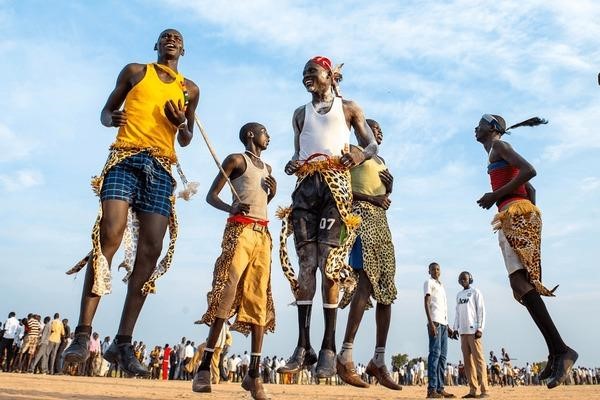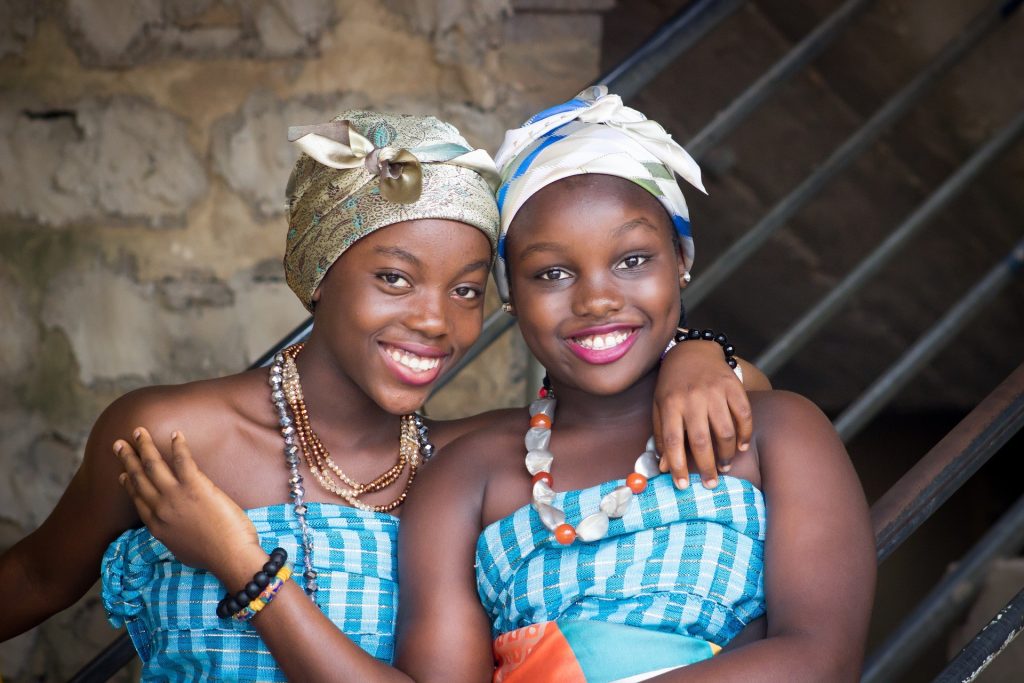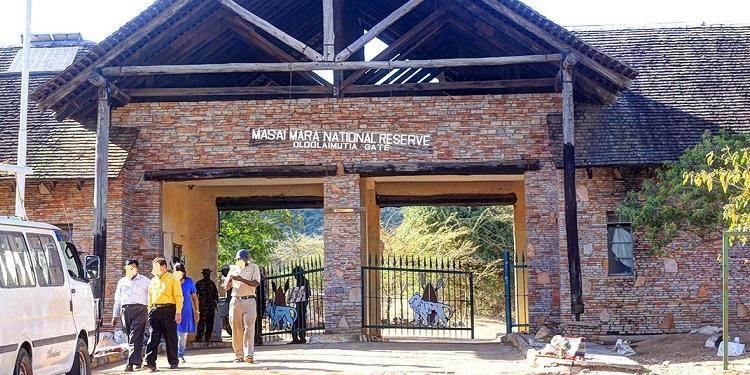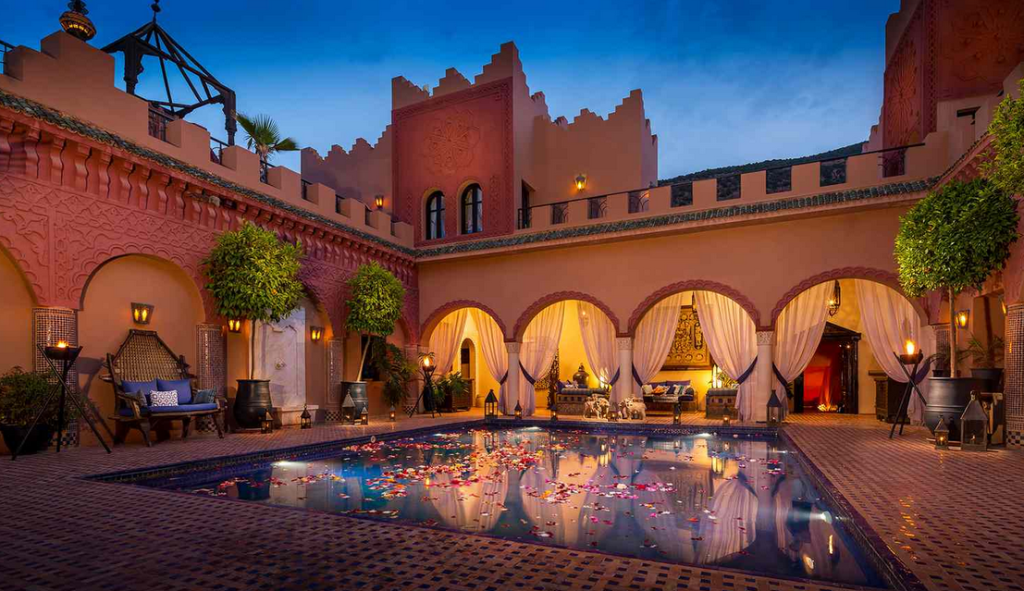Rwanda, through the institute of museums in Rwanda, is taking part in preserving their cultural artifacts to be learned by future generations (Rwandan artifacts can boost tourism).
Recently, Rwanda’s colonial master, Belgium, provided Rwanda with various artifacts which their colonial masters took during the colonial period and are preserved in the country’s museums (Ferdinand, 2019). Mwami’s palace has been reconstructed as a beautifully-crafted thatched place where the King dwelled and took the shape of a beehive is one of the significant artifacts the country has preserved. Rwanda’s ethnographic museum has been considered to be one of the finest ethnographic collections in Africa. The museum has seven galleries that display ethnographic, archaeological, historical, and artistic artifacts of Rwanda.
Rwanda has several genocide memorials, and the most popular is the Kigali Genocide Memorial in its capital. The memorial and others in different parts of the country allow visitors to reflect on the personal responsibility that every individual has in the prevention of discrimination and mass atrocities. There is also a ten-stone pillar artifact that memorizes ten Belgian UN Blue Beret who was murdered at the onset of the Genocide. Rwanda has numerous museums that hold its cultural artifacts which the National Liberation Park Museum, Kandt House Museum, and King’s Palace Museum, among many museums.




